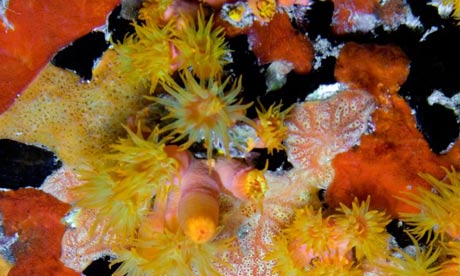 Brisbane Times (29th Jan 2008)
Brisbane Times (29th Jan 2008)
Scientists from across Queensland are converging on the mouth of the Fitzroy River in Rockhampton over fears that sediment and toxic chemicals carried by floodwaters in central Queensland now reaching the ocean may damage the Great Barrier Reef.
Marine scientists from James Cook University, the Queensland Environmental Protection Agency and the Department of Natural Resources will be collecting water samples, measuring flow rates and diving on the reef to assess its condition first hand.
Dr David Haynes, acting director of water quality and the Coastal Developmental Unit of the Great Barrier Reef Marine Park Authority, said that sediment could pose a significant threat to the health of the reef.
“The main problem with sediment is one of the things it will do is settle on coral and physically smother them in high enough concentrations,” he said.
“It can also make the water highly turbid and reduce the amount of light that can penetrate through the water and corals are very dependent on light to obtain food; they use algae in their cells to manufacture food.
“If the corals are in dirty water then the coral’s food source is cut off for as long as the water is dirty.”










